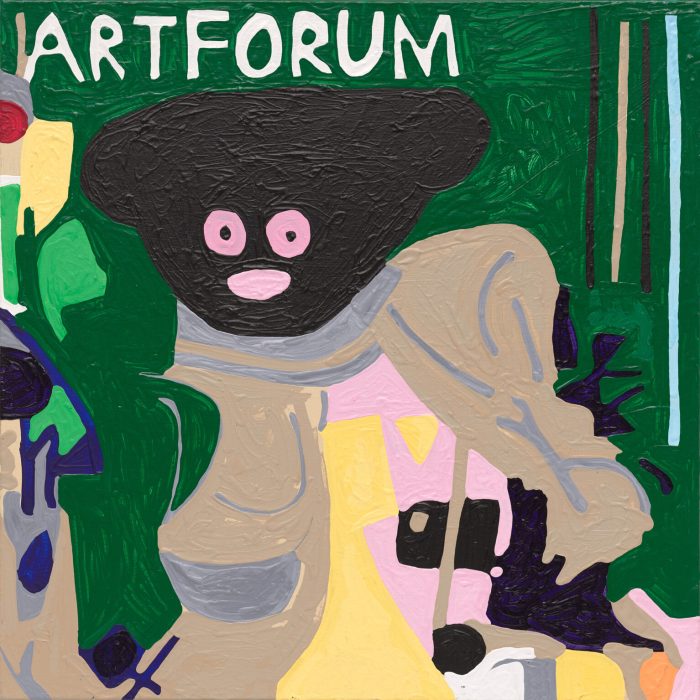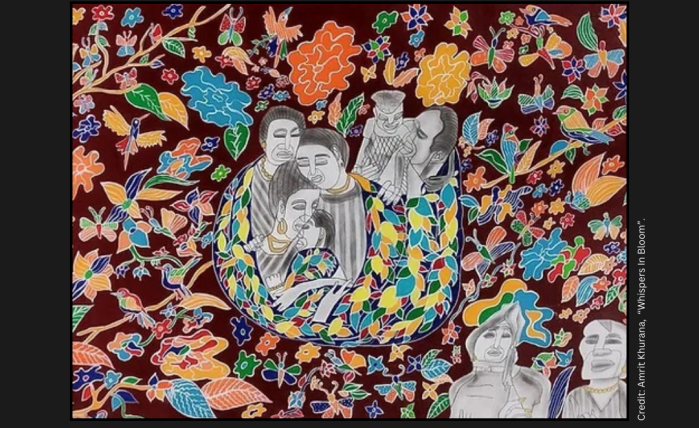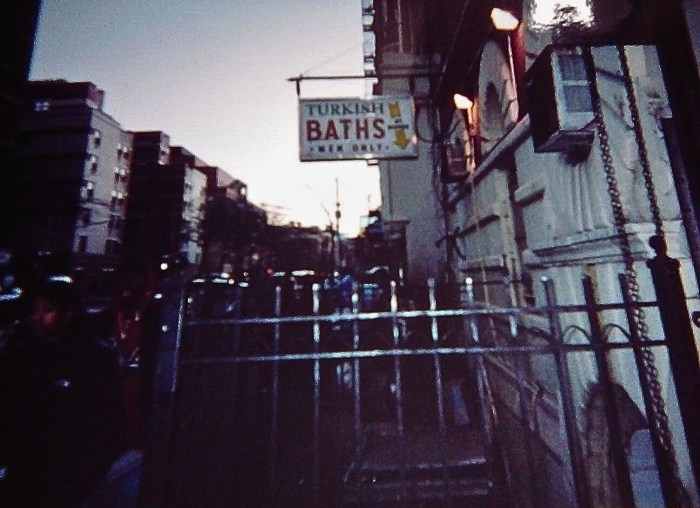
Looking for some creepy, haunted fun this Halloween? Leaving the five boroughs would be a grave mistake.
New York City has plenty of its own spooky houses to visit year-round — each with its own slice of spine-chilling local history.
Here are three sites in city parks that offer tours, and have been preserved by the Historic House Trust. Step inside for a trip back in time — you never know who will be lurking around the corner.
Edgar Allan Poe House
Edgar Allan Poe, the literary master of the macabre, penned some of his best-known works while living in the Bronx.
The terrifying “Cask of Amontillado” and mournful “Annabel Lee,” were written while he lived in this Dutch farmhouse from 1846 to 1849, according to Angel Hernandez of the Bronx County Historical Society.
“Although he was extremely poor, he managed to have some great times here with his family,” said Hernandez. “It was an extremely productive time as well.”
Poe lived in the house with his young wife, Virginia, and her mother. The union was controversial since Virginia was his cousin and just 13 when they wed.
“They moved here in an effort to save Virginia who was dying from tuberculosis,” Hernandez said. “This was the countryside. The doctors thought the fresh air would help her.”
Tragically, Virginia would succumb to her illness in 1847. Her bed remains in a small room at the house.
An original rocking chair and mirror join period furniture that illustrate the family’s sparse living conditions.
Despite the success of his classic poem “The Raven,” Poe died penniless in 1849. But his work went on to inspire generations of writers and filmmakers.
Poe fans from all over the world make pilgrimages to the house. Some just want to sit and read his work, while others come to soak in the creative energy, Hernandez said.
And his spirit comes alive through the poetry slams that take place on the porch.
Kingsbridge Road and the Grand Concourse in the Bronx
bronxhistoricalsociety.org/poe-cottage
The Bartow-Pell Mansion
This sprawling gray, stone mansion sits on an estate that dates to 1654 when Thomas Pell, an English doctor, purchased the property from the Siwanoy Tribe. Businessman Robert Bartow, a descendant of Pell, built a home for his wife and seven children there in 1842.
It boasts sumptuous double parlors, a sitting room, conservatory and other rooms decorated in mid-19th century style.
The Bartows sold the house to the city in the late 1800s. But some say they never really left.
“Our museum guides have mentioned creepiness throughout the years as they would open up the mansion or close it at the end of the day,” said Alison McKay, executive director of the Bartow-Pell Mansion Museum. “Sometimes it’s children crying or sometimes depressions in the Lannuier bed as if somebody had recently sat upon it.
“Some people have seen apparitions, or by the carriage house they have heard the clip-clopping of horses,” said Susan Chesloff, museum administrator. “With a house this age, it’s likely there might be some spirits lingering.”
The picturesque site, which includes a majestic sunken garden added years after the Bartows left, hosts popular holiday festivals. But for the first time, it will be transformed into the “Bartow-Hell” mansion on Oct. 27 and 28 with the help of the City Island Theater Group.
The former residents of the house will be part of the scary storyline, which includes a tour through the grounds and the carriage house.
“You will feel a part of this experience,” Chesloff promised.
Pelham Bay Park, Bronx; bartowpellmansionmuseum.org
Merchant House Museum
From the outside, the Merchant House Museum is a well-kept Federal brick rowhouse in lower Manhattan.
But once you walk through the door, you realize the house — built in 1832 — is frozen in the mid 19th century.
Seabury Tredwell and his wife, Eliza, had eight children who lived in the house. The youngest, Gertrude, stayed until her death in 1933 at age 93. She refused to upgrade the house or sell it.
“Gertrude Tredwell’s world exists, lives, breathes and is totally alive in this house,” said Marguerite Durret, who gives historic tours of the house.
And some say Gertrude is still quite protective of her homestead.
For decades, people have reported seeing her image in the doorway or hearing the slam of doors and creak of floorboards in the house. Things get really eerie in October.
“The house in October is dedicated to how people dealt with death in the 19th century,” said Durret. “People were surrounded by disease and death. It happened all the time.”
Original black mourning garments are on display as well as a replica of Seabury’s casket, surrounded by flowers. Most of the family’s belongings fill the house.
“I think they are still here,” Durret said of the Tredwells. “I feel they are still here because everything is still here.”
29 E. Fourth St., merchantshouse.org


































